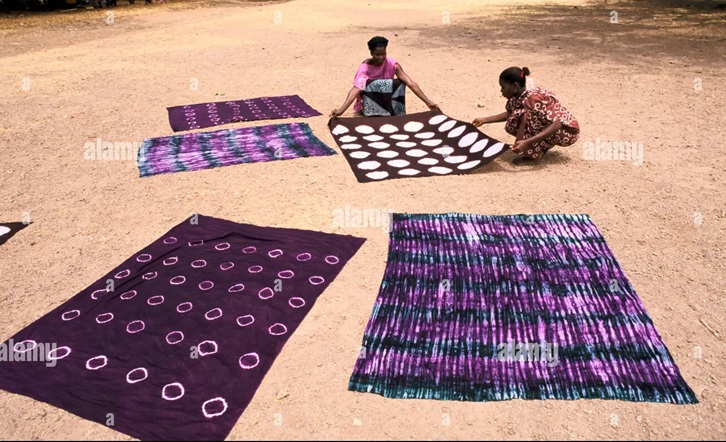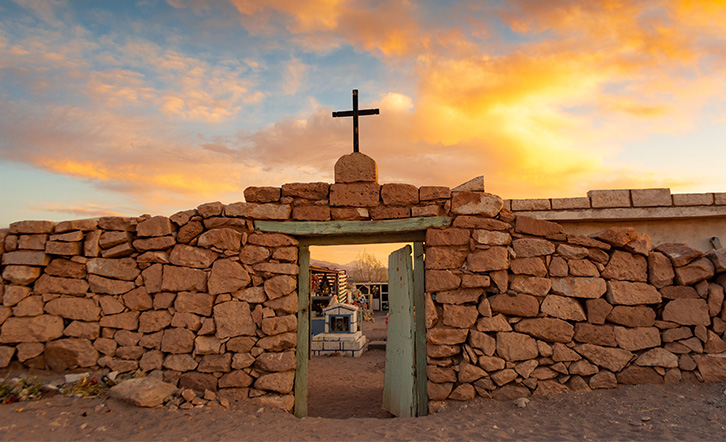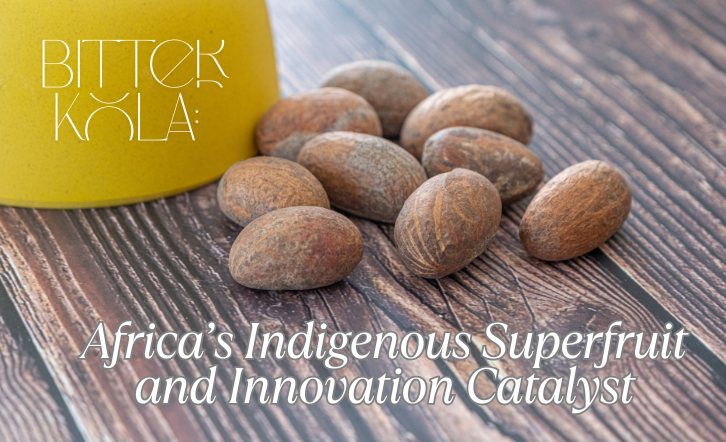Traditional Tie and Dye: Africa’s Pioneering Contributions to the Fashion Industry
The vibrant and intricate art of tie and dye has always been essential to African culture and style. This ancient technique, steeped in history and tradition, not only proves Africa’s rich textile heritage but also continues to influence modern fashion across the globe. In this blog, we explore into the traditional tie and dye methods of Africa, exploring their origins, techniques, cultural significance, and their influence on today’s style trends.
The Origins of African Tie and Dye
Tie and dye, an ancient textile-dyeing method from Africa, has ancient roots in Africa, dating back centuries. This technique involves binding, folding, twisting, or stitching the fabric before dyeing it to create detailed patterns and designs. The resulting textiles are not just visually striking but also imbued with cultural meaning and significance.
Gara in Sierra Leone
In Sierra Leone, the tie and dye technique is known as Gara. This method involves using natural dyes from plants, such as indigo and kola nut, to create bright colors and designs. The word “Gara” itself comes from the local name for the indigo plant, Philanoptera cyanescens, which grows in West Africa. People value traditional dyes like indigo because they are good quality and last long. This makes Gara materials very popular.
Adire in Nigeria
In Nigeria, particularly among the Yoruba people, the tie and dye technique is referred to as Adire. This method uses a combination of resist-dyeing and hand-painting techniques to create detailed designs on the fabric. The dyeing process often takes place in large clay pots partially sunk into the soil, using locally grown or imported indigo leaves. The finished textiles are not only beautiful but also carry deep cultural meanings, with different colors and patterns symbolizing various messages and emotions.
Techniques and Materials
The traditional tie and dye process is both an art and a science, requiring skill and knowledge of various techniques and materials.
Binding and Dyeing
The essential part of the tie and dye process involves tying parts of the fabric with thread before dyeing. This prevents the dye from reaching those areas, creating unique patterns. In Gara and Adire techniques, the tied fabric is often dipped into dye vats multiple times to achieve the desired intensity of color.
Natural Dyes
Natural dyes play a crucial role in traditional African tie and dye. Common dyes include:
- Indigo: Derived from the indigo plant, it produces a deep blue color and is widely used in both Gara and Adire techniques.
- Kola Nut: Used to create a range of colors from red to brown.
These natural dyes not only provide vibrant colors but also ensure the sustainability and ethical production of textiles.
The essential part of the tie and dye method involves tying parts of the cloth with string before coloring. This stops the dye from reaching those areas, making unique designs. In Gara and Adire methods, the tied cloth often goes into dye baths many times to get the needed depth of color.
Natural Dyes
Natural dyes hold an essential place in the traditional African art of tie and dye. Popular dyes consist of:
- Indigo: This dye comes from the indigo plant and yields a deep blue shade used in Gara and Adire styles.
- Kola Nut: This nut produces colors ranging from red to brown.
These dyes offer bright colors and also support sustainable and ethical textile production.
Cultural Importance
Tie and dye fabrics are not just pretty; they reflect African culture and identity.
Meaning in Colors and Designs
In African tie and dye, each color and pattern means something special. Bright red means power and energy, blue shows spirituality and safety, yellow stands for richness and success, and green points to fertility and development 2. Artisans choose these factors to share lots of details through their textiles.
Worldwide Influence
Tie and dye have left a strong impression on the world fashion scene showing up in fashion shows from Paris to New York. This old art form still excites and inspires people all over the world with its bright patterns and colors. It shows in the vibrant designs and shades that take over today’s fashion.
The old tie and dye methods from Africa show the continent’s deep cultural history and lasting impact on world fashion. The complex designs of Gara and Adire and their bright colors and significant meanings show that African tie and dye is a strong way of showing art and who they are. Keeping and honoring this old skill means its heritage keeps influencing and forming the future of fashion.
Top of Form




